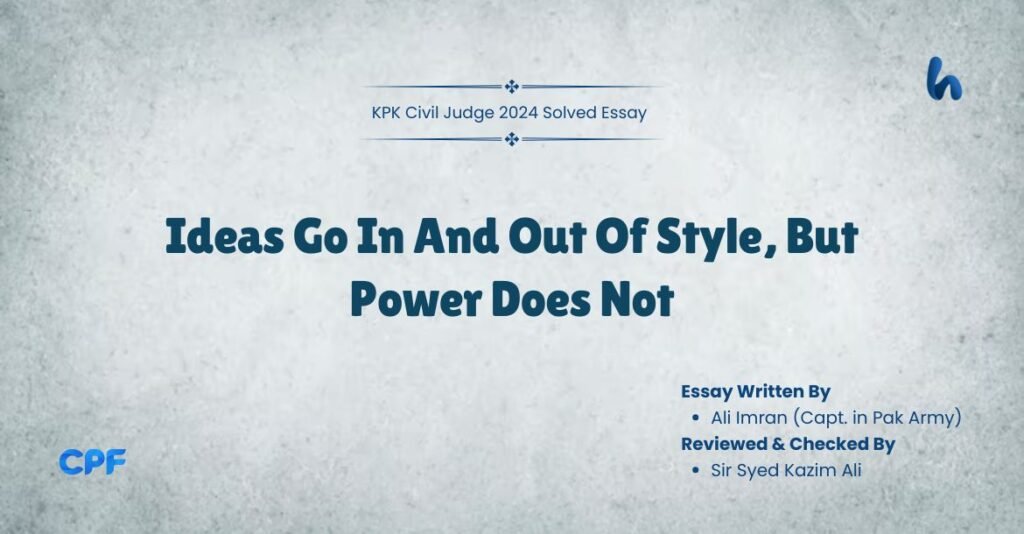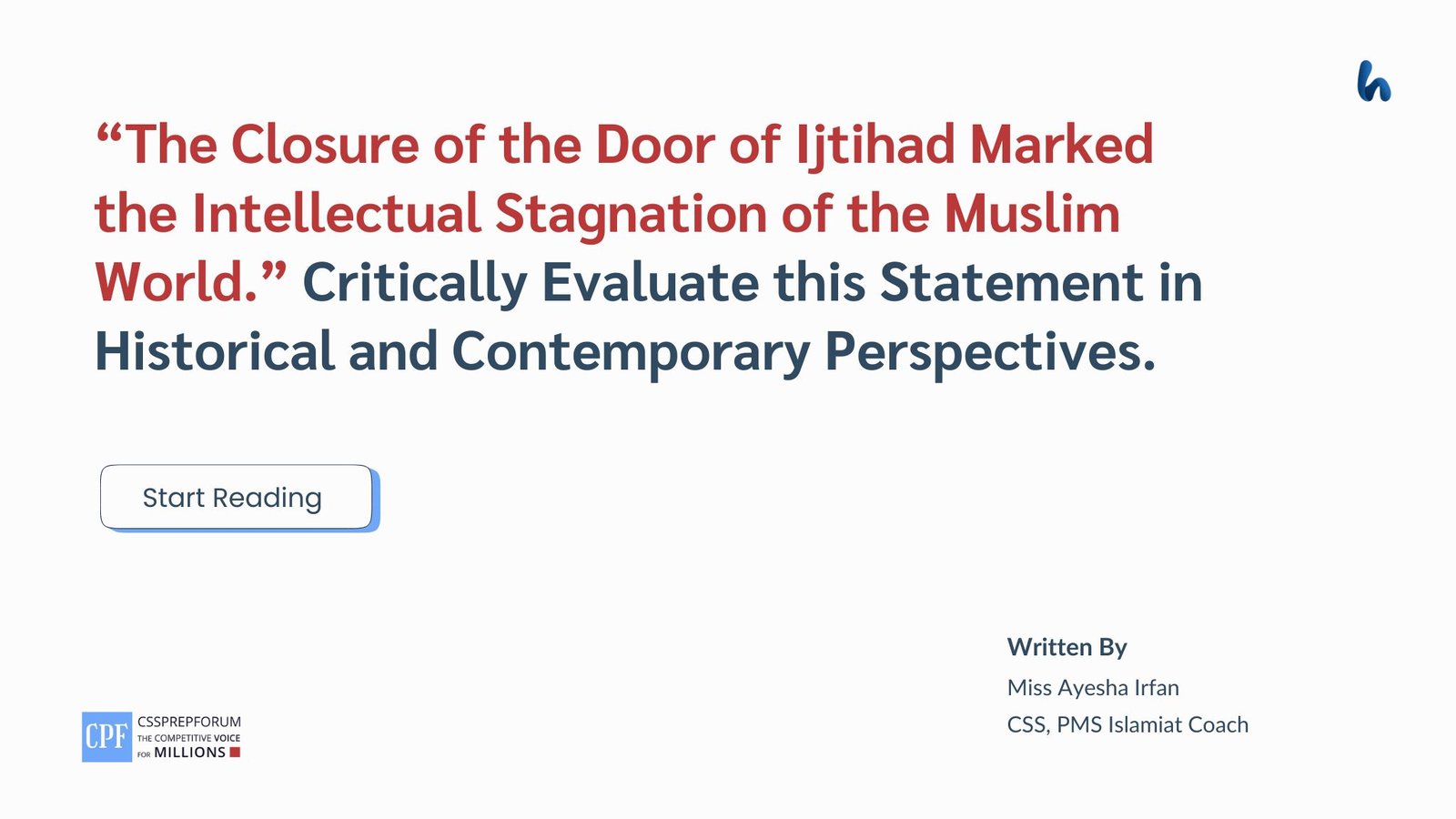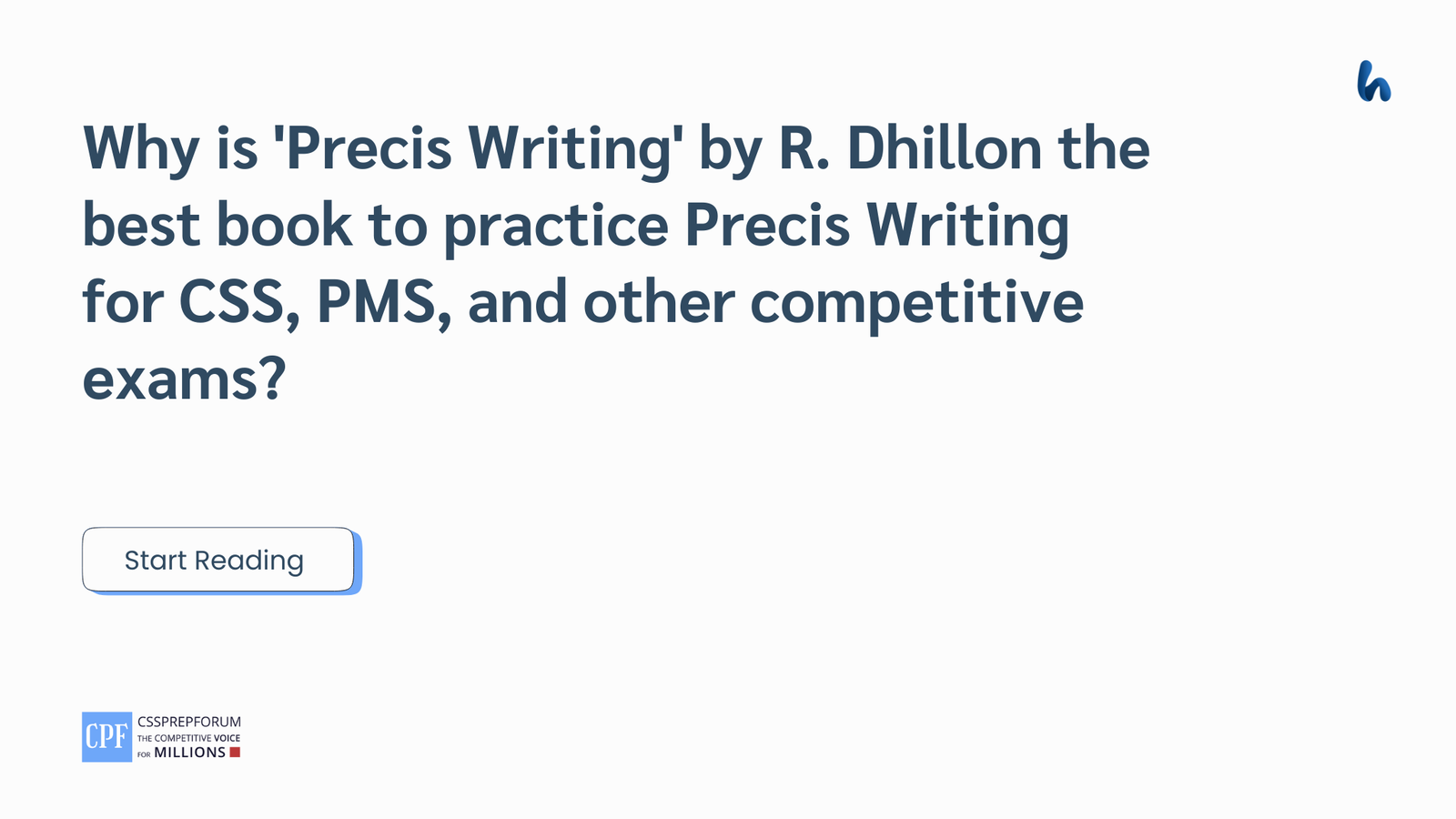Capt. Ali Imran, a Sir Syed Kazim Ali student, has attempted the Civil Judge KPK 2024 Five Paragraph Essay “Ideas Go In And Out Of Style, But Power Does Not“ on the given pattern, which Sir Syed Kazim Ali teaches his students. Sir Syed Kazim Ali has been Pakistan’s top English writing and CSS, PMS essay and precis coach with the highest success rate of his students. The essay is uploaded to help other judiciary and competitive aspirants learn and practice essay writing techniques and patterns to qualify for the essay paper.

Ideas Go In And Out Of Style, But Power Does Not
Outline
1- Introduction
Although ideas and ideologies continuously evolve in response to social, political, and cultural changes, power remains an unyielding force that does not diminish but instead shifts hands, adapts to new contexts, and perpetuates its fundamental mechanisms of control, influence, and dominance, ensuring its presence as a defining factor in the course of human history.
2- How Power Endures Beyond Ideas, while Ideas Go In and Out of Style
- Power structures remain intact despite ideological shifts because institutions, economies, and governments function on control and hierarchy.
- Evidence: The transition from feudalism to capitalism did not eliminate power; it shifted from monarchs to industrialists and corporations.
- History reveals those different ideologies: communism, democracy, autocracy, gain and lose influence, but power remains centralized in the hands of elites.
Evidence: The fall of monarchies led to democratic governance, yet political dynasties, corporate monopolies, and bureaucratic elites still maintain control (e.g., the Rockefeller family, political ruling classes).
3- Counterarguments: Do Ideas Hold More Power Than Authority?
- Counterargument: Some argue that power is fluid and that democratic systems allow for redistribution, making power impermanent.
Refutation: While temporary shifts occur, power is never truly eradicated: new elites emerge to replace the old. For instance, tech billionaires have replaced traditional industrialists as the new power brokers in society.
4- Conclusion
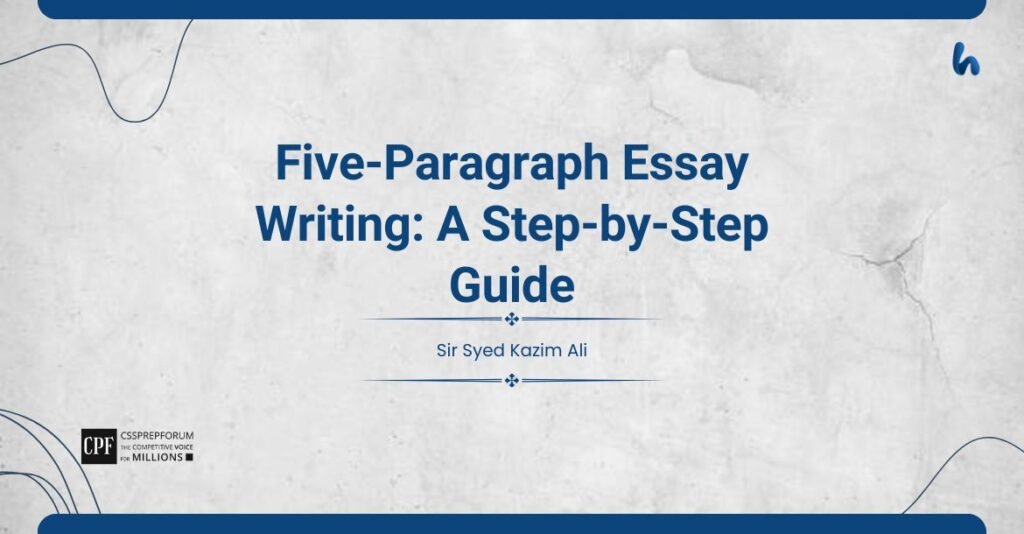
The Essay Begins Below!
Throughout history, ideas and ideologies, such as monarchy, democracy, capitalism, and socialism, have risen and fallen in popularity. However, while these ideas shift, power itself remains constant, merely changing hands and adapting to new contexts. In fact, the individuals or groups who wield power may change, but the mechanisms of control, influence, and dominance persist. For instance, feudal kings once ruled societies, only to be replaced by industrialists, corporate leaders, and political elites. Even in democratic systems, power is concentrated among influential groups, proving that it never truly disappears. This essay argues that while ideas go in and out of style, power endures, reshaping itself to fit new circumstances but never relinquishing its grip on human society.
Power remains constant despite ideological shifts because institutions, economies, and governments function on control and hierarchy. While political and social philosophies evolve, the structures that maintain power persist. For example, the transition from feudalism to capitalism did not eliminate power; it merely shifted from monarchs to industrialists and corporations. As historian Karl Polanyi argues in The Great Transformation, the rise of capitalism did not lead to the disappearance of power but, instead, created a new ruling class that controlled markets and labour. Feudal lords once controlled land and labour, but today, corporate executives and financial elites dominate global markets, influencing policies and economies. This demonstrates that power does not disappear—it adapts to new systems while maintaining its core control function. Ultimately, power is not bound to any single idea; it finds new forms to sustain itself across time.
Moreover, throughout history, different ideologies, such as communism, democracy, and autocracy, have gained and lost influence, but power has remained concentrated among elites. Even revolutions that seek to dismantle existing power structures often result in new ruling classes. For instance, after the French Revolution replaced the monarchy with a republic, political and economic power remained in the hands of influential elites like Napoleon Bonaparte and wealthy landowners. Historian Alexis de Tocqueville noted that while the revolution ended aristocratic privilege, it did not eliminate hierarchical power; it simply changed its form. This pattern has repeated across history, from the fall of empires to the rise of corporate influence in modern democracies. Regardless of ideological shifts, power continuously reorganizes itself, proving that it is an enduring force rather than a fleeting idea.
However, some argue that power is fluid and can be redistributed through democratic institutions and social movements. They claim that progressive reforms, such as universal suffrage and anti-monopoly laws, have successfully weakened the dominance of elites and allowed for a more equitable distribution of power. While it is true that social and political reforms have shifted power dynamics, these changes are often temporary, and new elites quickly emerge. For example, in the digital age, tech billionaires like Elon Musk, Jeff Bezos, and Mark Zuckerberg have accumulated immense influence, replacing traditional industrial elites. Political scientist Robert Michels’ Iron Law of Oligarchy explains that even democratic organizations tend to develop power structures where leadership becomes entrenched. This suggests that power may change hands, but it is never truly dismantled. Ultimately, efforts to redistribute power often result in new hierarchies, proving that power itself is an enduring force rather than a passing phenomenon.
In conclusion, while ideas and ideologies evolve, power remains a permanent force that merely shifts among different groups and institutions. History has shown that revolutions and reforms may alter who holds power, but they do not eliminate it. Even in modern democratic societies, wealth and influence remain concentrated, reinforcing hierarchical structures. Furthermore, the rise of new elites, such as corporate leaders and technology moguls, proves that power adapts rather than disappears. Ultimately, as long as human societies exist, power will continue to shape political, economic, and social structures, proving that ideas may fade, but power remains an unyielding force.
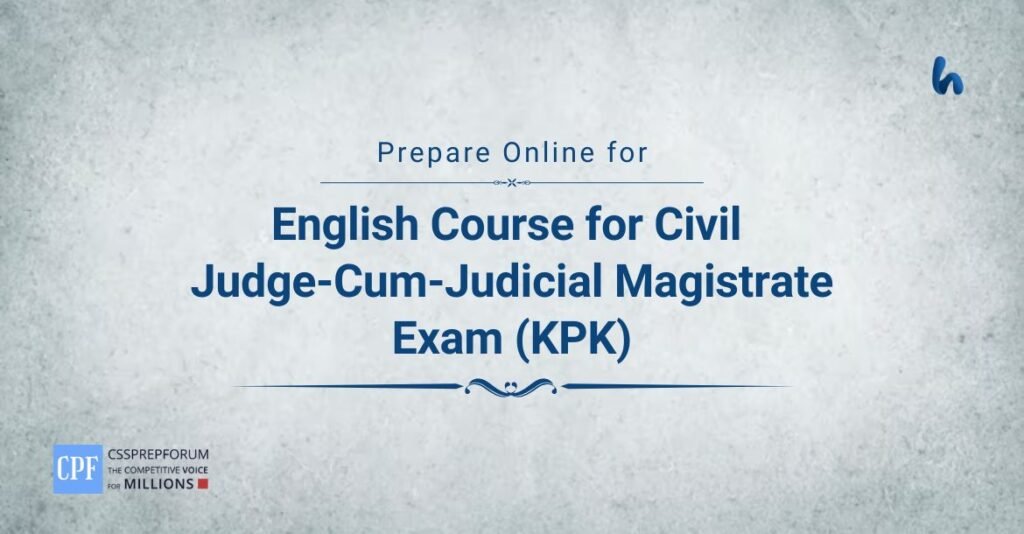
Click on Any to Start Reading
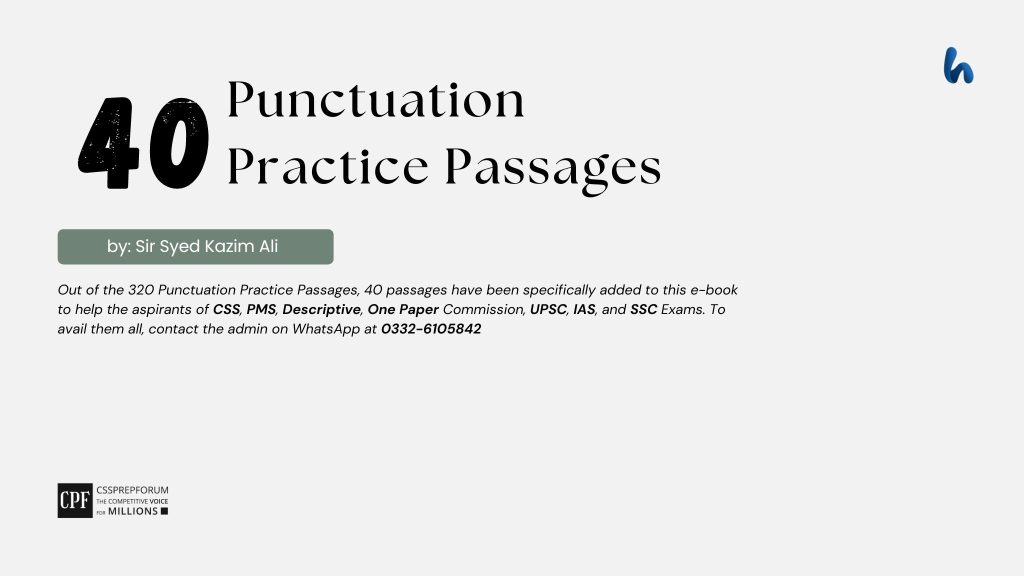


FAQs About Sir Syed Kazim Ali

CSS Solved Past Papers’ Essays
Looking for the last ten years of CSS and PMS Solved Essays and want to know how Sir Kazim’s students write and score the highest marks in the essays’ papers? Then, click on the CSS Solved Essays to start reading them.
CSS Solved Essays
CSS Solved General Science & Ability Past Papers
Want to read the last ten years’ General Science & Ability Solved Past Papers to learn how to attempt them and to score high? Let’s click on the link below to read them all freely. All past papers have been solved by Miss Iqra Ali & Dr Nishat Baloch, Pakistan’s top CSS GSA coach having the highest score of their students. General Science & Ability Solved Past Papers

